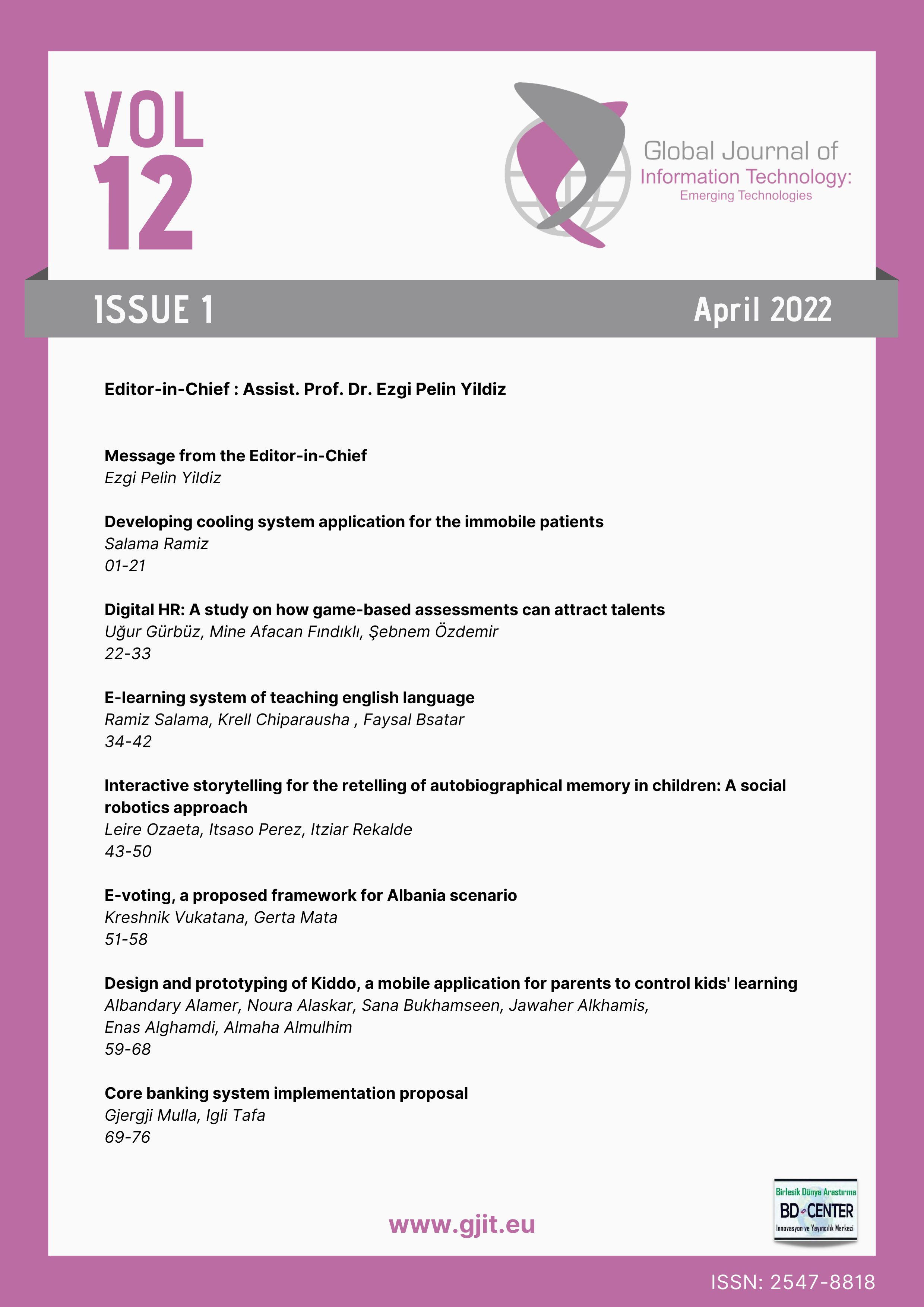Interactive storytelling for the retelling of autobiographical memory in children: A social robotics approach
Main Article Content
Abstract
Memory is one of our fundamental mental functions, which allows us to revive the past in our minds. When memory is mentioned, we usually want to refer to a particular kind of memory, which is autobiographical memory. Access to these memories can be altered by various affective disorders, especially depression. Regarding these techniques, this study aims to focus on storytelling to contribute to the resilience of children using a social robot approach, as they do not perceive the robot as a figure of superiority, but as a peer. The article follows a literature review method. This paper presents a preliminary scenario for child-robot interaction in three phases, using interactive storytelling as a way to review the children's past experiences. To help those people, particularly children who have faced trauma, to remember the past in a structured and positive way, life review techniques have been developed.
Keywords: Autobiographical; memory; robotics; storytelling.
Downloads
Article Details

This work is licensed under a Creative Commons Attribution 4.0 International License.
Authors who publish with this journal agree to the following terms:- Authors retain copyright and grant the journal right of first publication with the work simultaneously licensed under a Creative Commons Attribution License that allows others to share the work with an acknowledgement of the work's authorship and initial publication in this journal.
- Authors are able to enter into separate, additional contractual arrangements for the non-exclusive distribution of the journal's published version of the work (e.g., post it to an institutional repository or publish it in a book), with an acknowledgement of its initial publication in this journal.
- Authors are permitted and encouraged to post their work online (e.g., in institutional repositories or on their website) prior to and during the submission process, as it can lead to productive exchanges, as well as earlier and greater citation of published work (See The Effect of Open Access).
